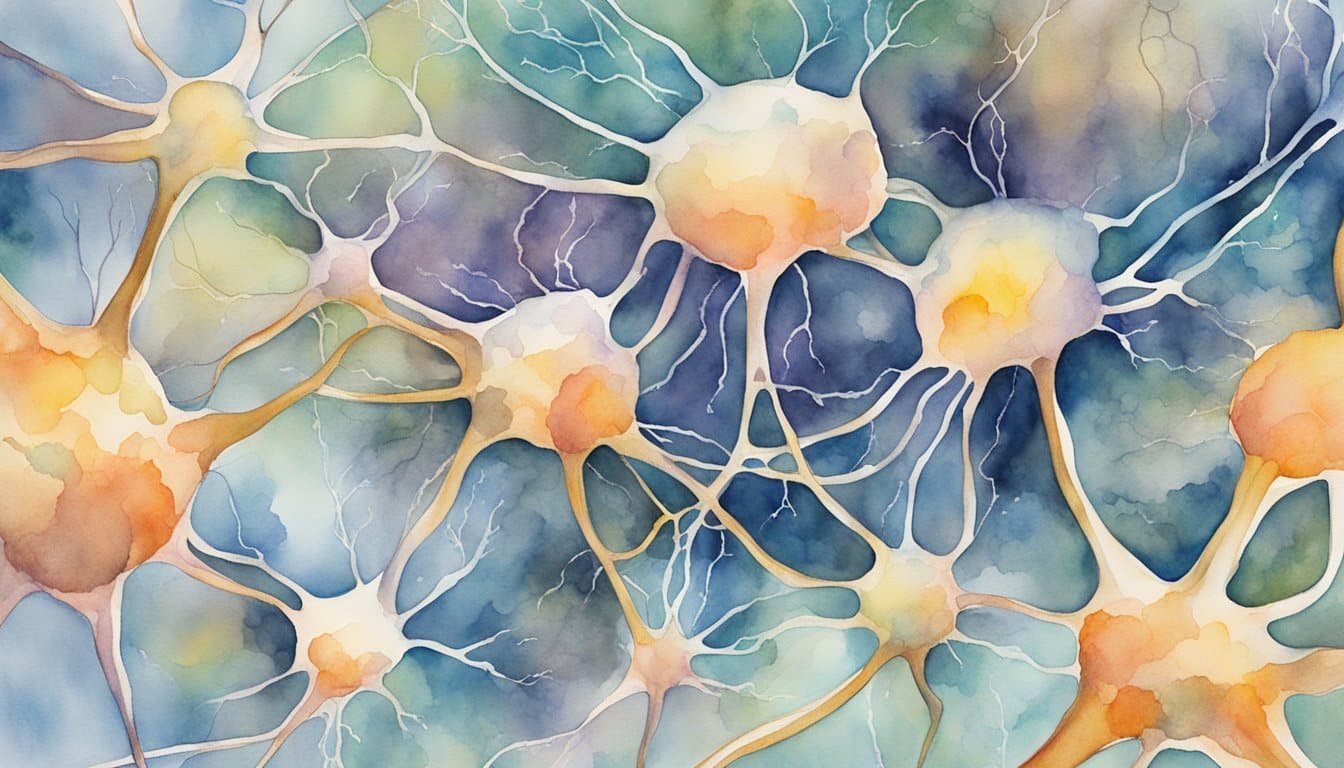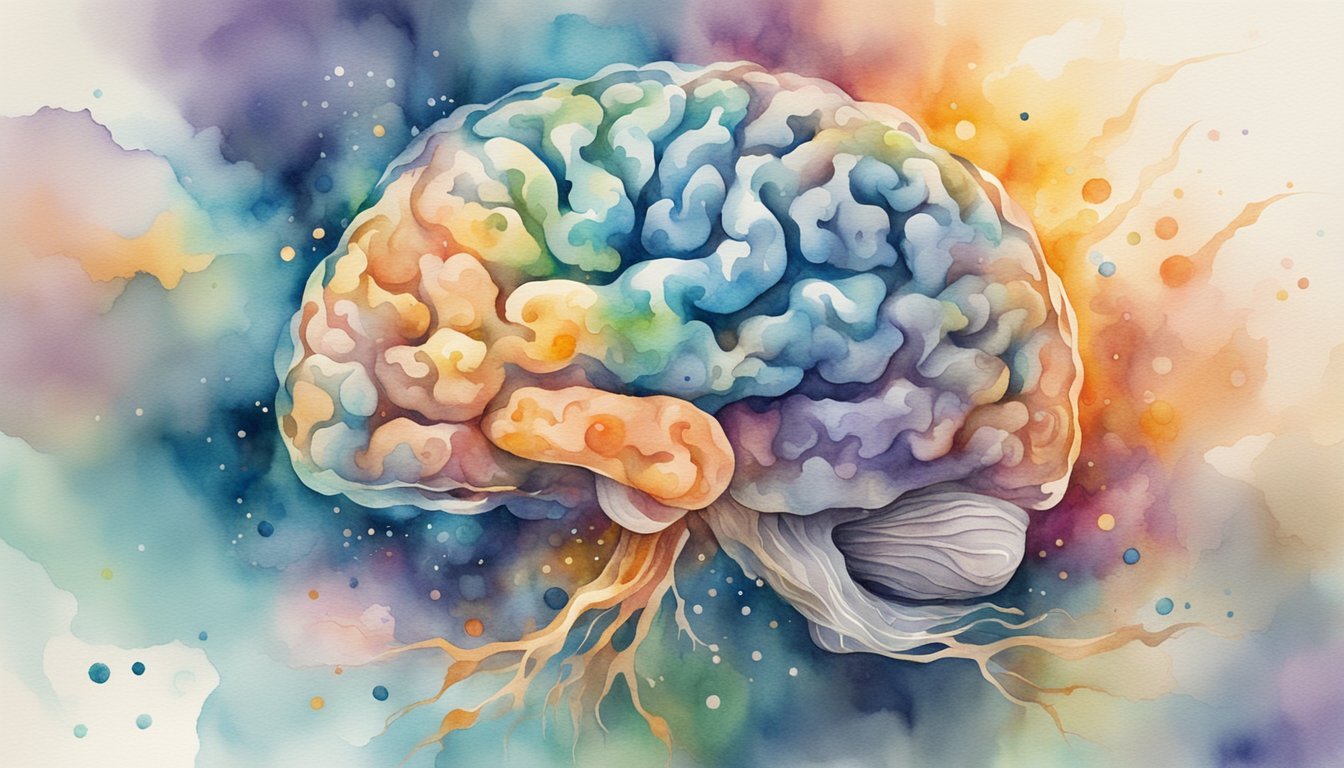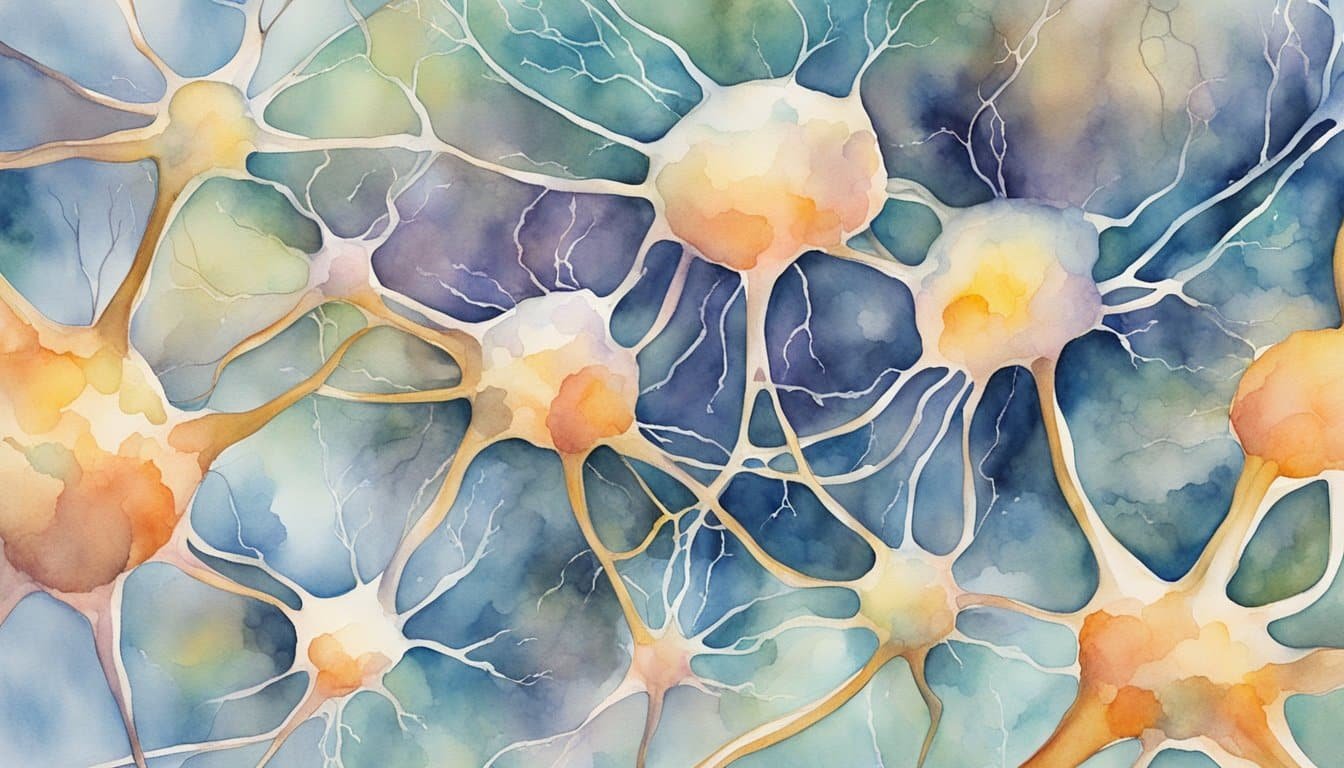Understanding Brain Function at Death

As the body enters the process of dying, the brain’s function undergoes significant changes. Neurons, the communicators of the brain, begin to cease their normal activity. However, right before what is known as brain death, a person may experience a surge in brain activity, particularly in gamma oscillations. These are typically associated with higher cognitive processes, such as perception and consciousness.
Interestingly, some research suggests that neural activity isn’t uniform and can manifest as different brain waves during death. While gamma oscillations spike, beta oscillations, usually related to wakeful rest, are also present. This interplay is still being studied by neuroscientists who strive to understand the deeper workings of the brain at death.
This timing of chemical releases and changes in electrical activity in the brain are a considerable fascination in neuroscience. Neurotransmitters, the brain’s chemical messengers, may also be released in a cascade, potentially affecting the state of consciousness as life comes to an end. This release is part of why some theorize that a person may experience vivid life recollections or near-death experiences.
Another significant factor at death is the change in cerebral blood flow. With no oxygen supplied, the brain cannot perform its functions, leading to an eventual halt in all neural activity. This stoppage marks the onset of brain death, differentiating it from a coma or vegetative state where certain brain regions may still be active.
Understanding these intricate details requires ongoing research, with new findings providing insight into our final moments of life. It’s a complex interplay that remains largely a mystery, challenging even the most experienced neuroscientists. They continue to explore how and why these changes in brain function occur, affording a glimpse into one of life’s most profound transitions.
Neurobiological Events During Dying

When the body approaches death, the brain undergoes a cascade of neurobiological events. Chemical and electrical systems within the brain react to the lack of oxygen, triggering a series of responses that range from neurotransmitter release to changes in brainwave patterns.
Chemical and Electrical Changes
The dying brain experiences significant chemical and electrical changes. One key alteration is the release of neurotransmitters, chemical messengers that allow neurons to communicate. As oxygen levels drop, an excess release of glutamate can cause damage to nerve cells. In some cases, this can contribute to neural activity that may resemble hallucinations or near-death experiences. At the same time, electrical changes such as gamma oscillations, which are associated with higher cognitive functions, memory recall, and conscious perception, can surge.
- Neurotransmitter Release: An increase in brain stress leads to the excessive release of neurotransmitters.
- Brain Oscillations: Various oscillations, such as gamma and beta waves, which are linked to consciousness, increase in frequency.
End-of-Life Brain Processes
In the moments of dying, the brain undergoes unique processes that may explain some of the phenomena reported in near-death experiences, such as the sensation of moving through a tunnel or seeing a bright light. It’s suggested that the brain’s attempt to stay alive in the face of trauma and lack of blood supply could contribute to these vivid perceptions.
- Brain’s Fight for Survival: The dying brain attempts to maintain neural activity despite decreasing blood and oxygen availability.
- Perceptual Phenomena: Experiences like bright lights or tunnel vision may be linked to the brain’s final efforts to make sense of sensory information.
Physical Responses to Mortal Events
As the body succumbs to events such as a heart attack or cardiac arrest, physical responses play out in a complex dance of life and death. The heart’s failure to pump effectively leads to a drop in blood circulation, causing a deprivation of oxygen and glucose needed for brain function. While resuscitation efforts, such as CPR and medications, work to restore blood flow and respiration, the brain continues to engage in cross-frequency coupling between different brain oscillations, which may persist even after clinical death is declared.
- Cardiac Events: A loss of heart function affects the brain’s blood supply and can trigger end-of-life brain activity.
- CPR Impact: Efforts to resuscitate can temporarily restore some brain functions during a narrow window after a cardiac event.
Psychological and Experiential Aspects of Dying
Unraveling the mind’s journey at the end of life reveals a blend of psychological phenomena and subjective experiences that can be as complex and unique as the individuals themselves. They often touch upon the depths of consciousness, thought, and emotion.
Near-Death and Out-of-Body Experiences
Near-death experiences (NDEs) represent profound psychological events that some individuals report during life-threatening situations. They describe transitions to an out-of-body state where they may encounter a bright light or dark tunnel, sensations of flying, or even the perception of surveilling the medical team working on their bodies from a vantage point above. These experiences can induce strong feelings of depersonalization, where one feels detached from the body, almost as an observer of their own life. Moreover, experiences of bliss, serene well-being, and encounters with otherworldly realms or entities are often recounted. Research suggests that during these moments, the brain could be releasing endogenous chemicals in response to stress, which may account for certain sensory information reported in NDEs.
Cultural and Personal Interpretations
Cultural ideas and personal belief systems powerfully shape the interpretation and narration of NDEs. People of different backgrounds may describe meeting loved ones who’ve passed away, spirits, or mystical experiences, reflecting their own cultural narratives about life after death. Even the concepts of heaven, hell, or life after life can manifest in these personal stories, highlighting the intricate web of memory, love, and emotion they evoke. Though the scientific community is cautious about affirming any paranormal aspects, these experiences often lead to a transformation in one’s perspective on life and well-being, stressing the subjective reality and importance these experiences hold for individuals.

